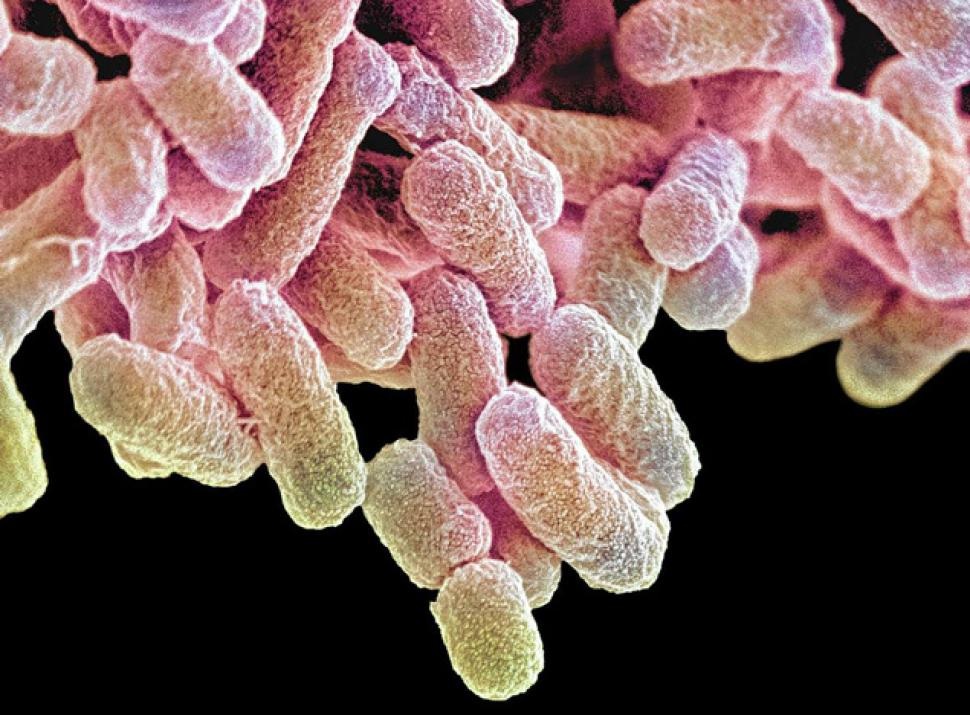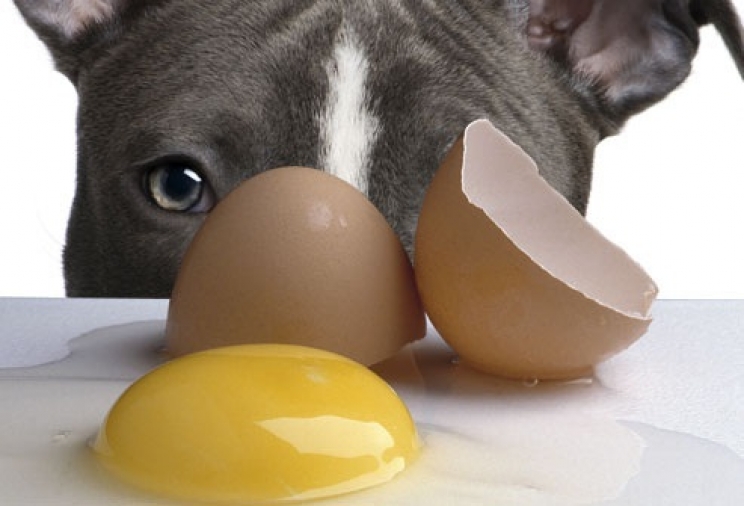Salmonella infection is well known both in humans and in our animal (either dogs or cats). Different scientific advances enabled the discovery of a cure to this infection. However, symptoms are still very harsh and it is best for us to avoid this infection in our animal through safety procedures.
What is salmonella? and how is it transmitted?
Salmonella infection is mainly caused by a large range of bacteria that can infect a large number of different species. Cats, dogs, cows, horses, birds, rats... (all of these animals are potential victims for this bacteria to nest in their digestive system). This infection can however expand in other parts of the organism and in some cases, lead to the animals death.
The main transmission passage from an animal to another is named "the fecal-oral route"; basically when an animal comes in contact orally with another animals feces.
It might seem as a very unlikely coincidence but take a moment to think about it: an owner brings its pet to the park where it will defecate on top of a small grass leaf. The owner will remove the feces (as every owner should do) and after a couple of hours you come along with your animal. Despite the normal appearance, the leaf might still have some feces on it. Imagine your animal comes across this leaf/grass and eats it; it will seem totally safe for us but if the first dog that came along had a salmonella infection, your dog or cat will now have the infection as well.
Fortunately, the symptoms of a salmonella infection are very harsh and serious so it is very unlikely for an infected dog to come along at a park; moreover, dogs and cats need a large amount of salmonella to actually get infected.
Bacteria present in raw ingredients such as eggs (that come from infected hens) are much more subtle. Another raw ingredient that might have the salmonella bacteria are shellfish such as muscles or oysters. Shellfish are filter feeder animals that trap the bacteria inside their organism and keep them alive (ready to infect the human that is going to eat it).
Rats can also transmit the salmonella infection. They tend to defecate in your dogs food whilst they are feeding on it. Therefore, we must very careful with the storage of the food we give our pet.
What does it do?
Once the dog has ingested the bacteria, they will proceed down the digestive canal up to the intestine. If the bacteria are in small quantities, they will compete with the intestinal flora for food resource; the Salmonella bacteria will probably die of starvation without causing any major damage in the body.
However, if the salmonella bacteria are in greater quantities, they will manage to overcome the intestinal flora and will start to reproduce. They will produce very high fever (40°-41°), strong abdominal pain, diarrhea with blood traces, vomit and dehydration.
It is highly recommended to bring your dog or cat to a vet, considering that this situation might lead to the expansion of the salmonella into the blood vessels of your animal; the salmonella will therefore travel across the whole body and might lead to death.

How do we treat and prevent it
The therapy is set by your vet immediately after the visit; firstly, the vet will reintegrate all the lost liquids from diarrhea through an antibiotic called broad-spectrum antibiotic (these make sure than the salmonella bacteria stop multiplying and reproducing)
The vet will analyze you animal to identify the type of salmonella. (There are different species to this disease; salmonella typhimurium which is the most common, salmonella pullorum, salmonella gallinarum and so on...). Once the vet identifies the type of salmonella, it will establish the best antibiotic treatment to treat that specific specie. The animals total recovery is estimated to be in about 3 to 4 weeks time.
The most important thing to this disease is the safety precautions we install in our animals lifestyle. We must not bring our dog near (nor allow them to lick) any feces from another animal, including birds feces. Moreover, the dog should not drink from water ponds with dubious hygiene
We must also take care of the food storage for our animal (placing them outdoors is not recommended.) The food should be kept in an air locked container away from rats and birds which might decide to defecate on the food.
It is highly recommended to avoid raw animal based foods, especially eggs and shellfish that we mentioned earlier; these are the most common ways to ingest the infection.










